Tesla has been at the EV game for a long time. In the past 15 years, the company has made every other car company want to sell EVs.
Telsa is sleek, S3XY, and has a performance that will make you feel young again. Tesla made the appeal of selling an EV a reality.
Now, other contenders want a piece of the action, and Ford is stepping up to the plate. The Mach-E is a home run of a car, and it will give Tesla models a run for their money.
I want to look at something different here rather than a complete car comparison. I want to look at who has the better battery and can offer more because of that. In reality, he who has the supreme power source wins the game.
Telsa Battery Technology: Years Of Research And Development
Out of any other car company, Tesla has the most advanced research in current (useable) battery technology. Their blend of Lithium Nickel Cobalt Aluminum Oxide cathodes allows for a https://www.torquenews.com/1083/ford-mustang-mach-e-looks-earn-top-iihs-safety-scores-tesla-model-ySafety is key when it comes to electric cars.

With this battery they are using now, Tesla can give owners ranges anywhere from 387 to 520 miles(depending on what vehicle you choose). This is lightyears above where we were 15 years ago with the first Roadster.
Key takeaways here are Tesla using a thermally sound battery, and the range is astounding. Let's take a look at the Mach-E and see how it compares.
Ford Mach-E: The New Contender
I have to admit, Mach-E is a good-looking car. I am personally not a Ford enthusiast nor a Tesla, for that matter. I am, however, partial to vehicles that look and perform well.
It is hard to get what chemistry Ford is using, but from what I gather, it is Nickel Manganese Cobalt in the Mach-E. This particular battery chemistry is also proven over time and is used by many other manufacturers who are building Evs.

The Mach-E will give an owner anywhere from 270 to 305 miles of range depending on the vehicle's battery pack option. Very reasonable for a "new kid on the block."
Conclusion
The idea behind this article was to compare which of the two has a better battery. In my opinion, Tesla is offering a more modern battery that is giving owners greater range over the Ford.
I think the initial approach Ford has taken is good, but they will need to get caught up in the battery department to match the range Tesla can provide. I do believe they are well on their way.
That is all for this one. Have a great weekend and I will see you in the next article.
Having a hard time in Colorado getting a replacement catalytic converter? This may be why.
Check out this wild new battery tech that Tesla has and why it will forever change the auto industry.
Peter Neilson is an automotive consultant specializing in electric cars and hybrid battery technologies. He holds a Bachelor of Science in Automotive Service Technology from Weber State University. Peter can be reached on Linkedin and you can tweet him at The_hybrid_guy on Twitter. Find his page on Facebook at Certified Auto Consulting. Read more of Peter's stories at Toyota news coverage on Torque News. Search Toyota Prius Torque News for more in depth Prius coverage from our reporters.



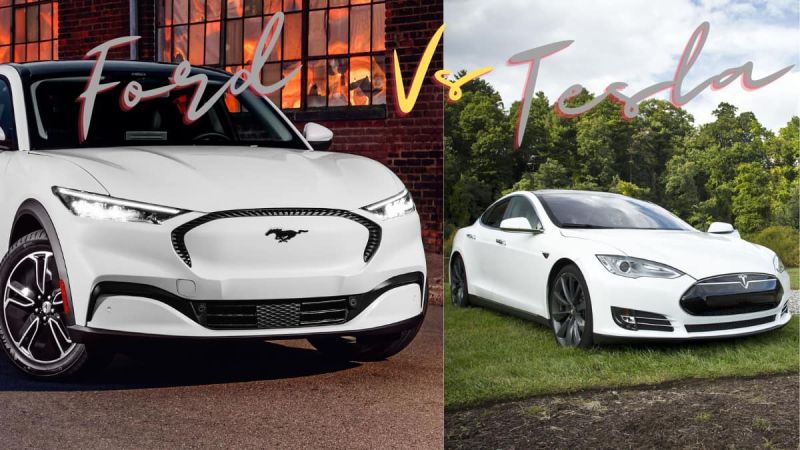




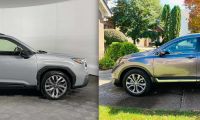
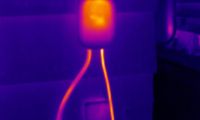
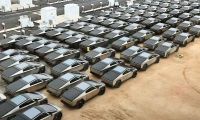
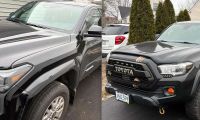
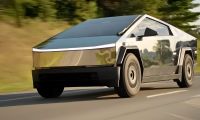
Comments
Enjoy the insight.
Permalink
Enjoy the insight.
Interesting, article but you
Permalink
Interesting, article but you missed some important points. Ford uses LG Chem's prismatic pouch batteries, manufactured in Poland for the Mach-E. Ford has started listing the usable capacity of the battery packs. 68 kWh for the Standard Range Battery and 88 kWh for the Extended Range Battery instead of the previously cited gross capacities of 75.7 and 98.7 kWh. Tesla uses 3 different batteries, and will soon add a 4th chemistry and format. Tesla's entry Model 3 SR will soon be using CATL's prismatic LFP batteries, which have lower relative energy density than NCA batteries, but they are far cheaper and don't use cobalt. Tesla's Model S and X use Panasonic's 16850 cylindrical batteries to get the impressive 390 miles of range in the new Model S Plaid, and 412miles in the long range Model S. The Model 3 and Model Y both use Panasonic's newer 2170L batteries, and since last year Tesla has been producing their newest (home factory made) 4680 batteries, which will be used in the upcoming Model S Plaid+ (to get 520+ EV miles) and also in German Model Ys later this year. LG Chem's batteries in the Mach-E seem fairly advanced, and promise to be a reliable, competitive battery when compared against Tesla/Panasonic's 16850 batteries, but the LG Chem batteries are not really at the same level as Tesla's newer 4680 batteries which use Maxwell's dry electrode technology. Both Panasonic and LG Chem are in the process of building their own 4680 mass production batteries over the next year or two, in addition to Tesla building their own mass production 4680 battery factories in Giga Texas and Giga Berlin later this year.
"Tesla can give owners ranges
Permalink
"Tesla can give owners ranges anywhere from 387 to 520 miles" comparing Tesla to Ford. Tesla is not at 387+ range yet. That statement is totally false. The 4680 battery has not been released to production and exact specs not released. We need to compare current production capability if Tesla vs Ford
I am looking to buy my first
Permalink
I am looking to buy my first electric car in 2023; However I could wait until 2025 for the solid state batteries to come from Toyota
The two most important things to me are the following:
1. The quality, efficiency and safety of the battery pack
a. The thermal Management of the battery pack
b. Warranty and range of the battery pack provided by the EV
2. The overall quality and reasonable price of the car compared to the market
I bought a Tesla Model X in
Permalink
I bought a Tesla Model X in 2020, and they advertised a range of 320 miles with a full charge. After purchase, I was told by the dealer service staff never to charge to 100%, because it degraded the battery life. So I capped my charges at 90%. on their advice. Straight math would imply a resulting range of around 290 miles. The reality is that because of temperature degradation starting at around 40 degrees F ambient, and worsening as you go colder, the range is degraded substantially - in my experience up to 30% loss. Even in the summer months, when AC and lights and other accessories are in use, the car never realizes the full range shown on the dashboard after a charge. As I have test-driven several other EVs recently, with an eye toward an eventual trade, I am given to understand that all EV batteries will have some cold-weather related degradation, but none as serious as what I have experienced with the Model X. This feature and many other aspects of the Tesla were grossly misrepresented in pre-sale. I don't really believe the range numbers published by any of the current EV manufacturers. But hey, car salesmen's fabrications are a cliche for a reason. Caveat emptor.